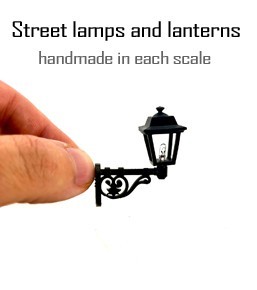LED stands for Light Emitting Diode.
The first LED was developed by Nick Holonyak Jr. in 1962.
The device exploits the optical properties of some semiconductor materials to produce photons from the recombination of electron-hole pairs. Electrons and holes are injected into a recombination zone through two regions of the diode doped with impurities of different types, namely n-type for electrons and p for holes.
LEDs consist of GaAs (gallium arsenide), GaP (gallium phosphide), GaAsP (gallium arsenide phosphide), SiC (silicon carbide) and GaInN (gallium indium nitride).
The exact choice of semiconductors determines the wavelength of the peak photon emission, the efficiency in electro-optical conversion and therefore the output light intensity.
Use:
The first LEDs were only available in red. They were used as indicators in electronic circuits, seven-segment displays and photocouplers. Subsequently, LEDs were developed that emitted yellow and green light and devices were made that integrated two LEDs, generally one red and one green, in the same container allowing to display four states (off, green, red, green + red = yellow) with the same device.




